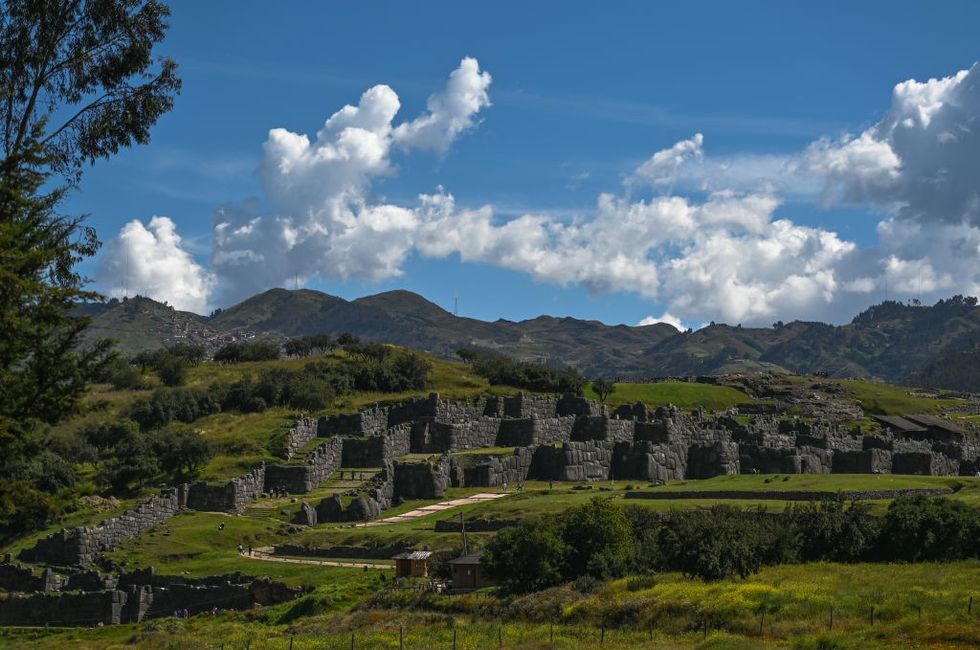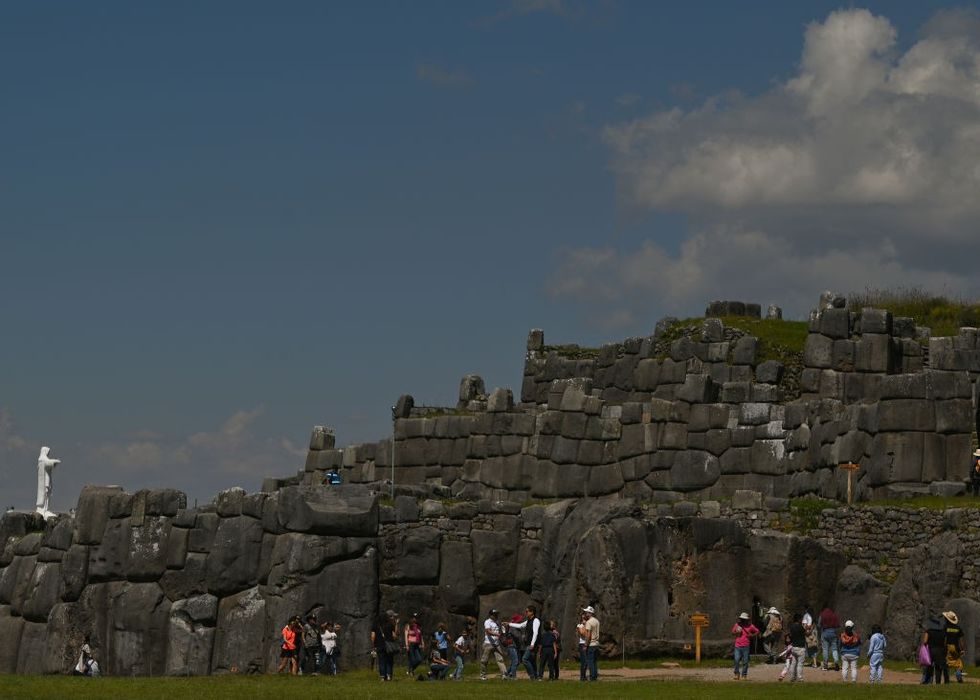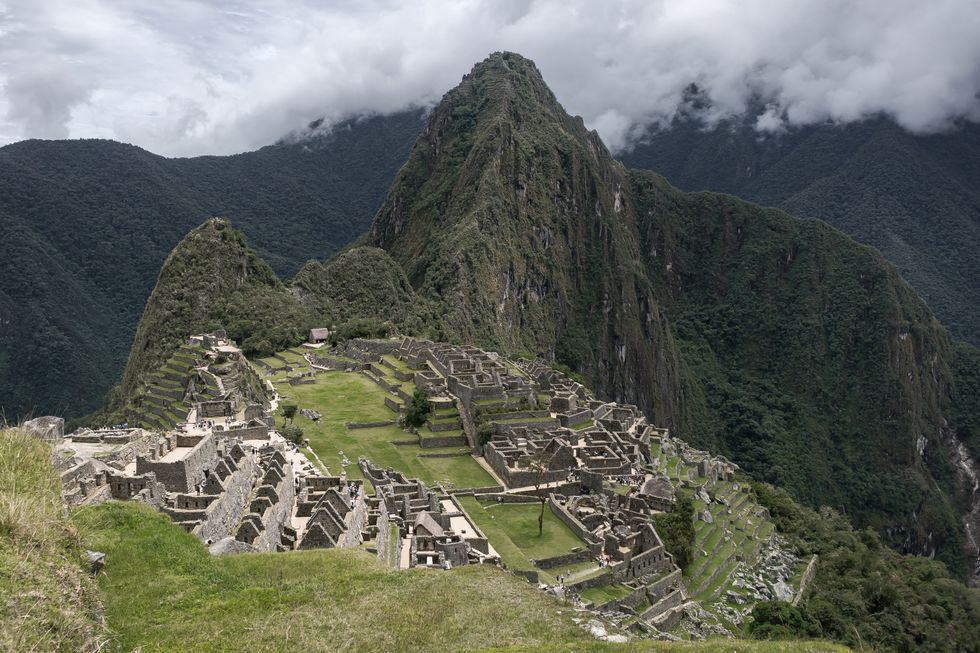Archaeologists in Peru have confirmed the existence of a mile-long underground tunnel network beneath the historic city of Cusco, ending centuries of speculation about the ancient Inca passageways.
The newly verified tunnel system connects the city’s Temple of the Sun to the ancient Sacsayhuaman fortress, according to the Association of Archaeologists of Peru.
The discovery marks a significant breakthrough in understanding the sophisticated infrastructure of the former Inca capital.
The underground network, known as “chincana” – meaning labyrinth in Quechua – features three additional branches leading to different areas across the city.

The newly verified tunnel system connects the city’s Temple of the Sun to the ancient Sacsayhuaman fortress (pictured)
Getty
Archaeologists Jorge Calero and Mildred Fernandez revealed at a press conference that the tunnel system reaches depths of up to 8.2 feet.
The extensive network runs beneath the streets of Cusco, a city renowned as the gateway to Machu Picchu and visited by millions of tourists annually.
The search for the tunnels was prompted by historical accounts dating from the 16th to 18th centuries.
A Spanish priest’s account from 1594 specifically described a main tunnel beginning at the temple, running under the bishop’s house behind Cusco Cathedral, and terminating at the citadel of Sacsahuaman.
LATEST DEVELOPMENTS:
- ‘Incredible’ discovery hailed by archaeologists as 4000-year-old Egyptian tomb uncovered
- Archaeology breakthrough: 2,000-year-old gold coins and jewellery found in luxury Pompeii bathhouse in ‘once-in-a-century’ discovery
- Kent field reveals ‘extraordinary’ discovery as 1,500-year-old Anglo-Saxon sword uncovered

The search for the tunnels was prompted by historical accounts dating from the 16th to 18th centuries
Getty
Modern archaeologists employed sound testing and radar technology to confirm the tunnels’ existence and map their locations beneath the city streets.
Archaeologist Mildred Palomino announced plans to begin excavation of the tunnels in March or April, stating: “Now we have to excavate at key points to be able to enter the Chincana.”
Cusco, a UNESCO World Heritage Site, served as the historic capital of the Inca Empire.
Under Inca rule, the city developed into a complex urban centre with distinct religious and administrative functions, surrounded by designated areas for agricultural, artisan and industrial production.

Cusco is renowned as the gateway to Machu Picchu and visited by millions of tourists annually
Getty
The tunnels were constructed with stone walls and roofed with carved beams, lying between 1.4-2.5m beneath Cusco’s modern streets.
The discovery highlights the advanced engineering capabilities of the Inca civilisation, with the tunnel network likely serving as a sophisticated communication system across the city.
When Spanish forces conquered Cusco in the 16th century, they preserved much of the Inca city’s urban structure, building their own temples, monasteries and manor houses atop the original architecture.